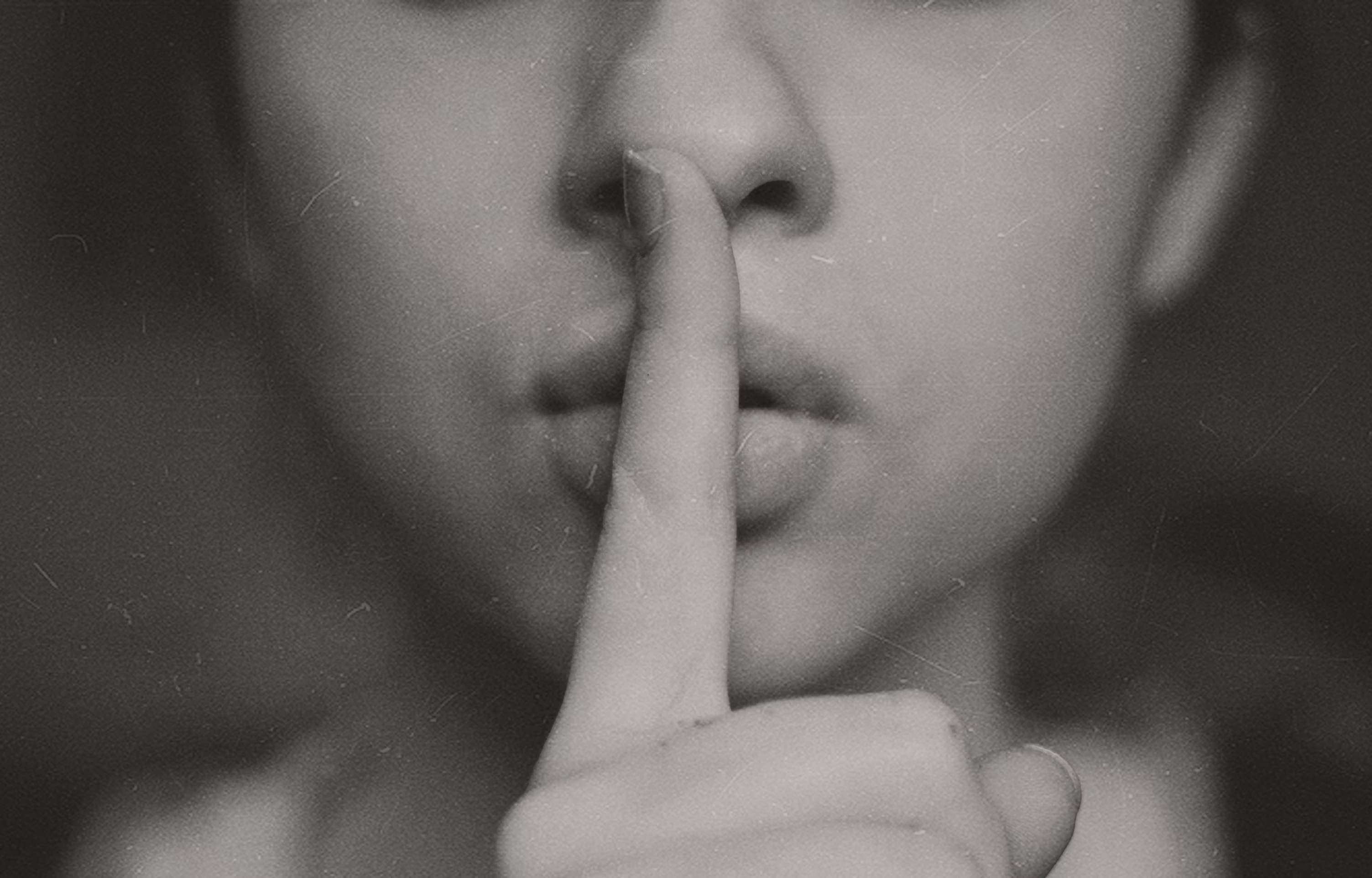The city’s search for quiet
In a bustling city like New York, how does noise affect us?
Dawn Attride • October 30, 2024

Caption: Long-term exposure to invasive noise, can harm both our physical and mental health, according to the Environmental Protection Agency [Photo credit Kristina Flour | Unsplash.]
When was the last time you heard true, unadulterated silence? It could have been this morning before the cacophony of commuters rushing to work on the subway ensued. Maybe you savored a few spare minutes of quiet in the hush of your yoga class this week. Or perhaps you can’t remember.
In New York, the U.S.’s loudest city, moments of quiet are hard to come by. At Times Square, for example, noise levels are nearly double the Environmental Protection Agency (EPA)’s limit of acceptable noise. Across the city, 90% of transport users and nine out of ten adults are exposed to harmful noise levels. Living in this environment takes a direct toll on our health, creating problems like increased stroke risk and high blood pressure.
According to the World Health Organization, noise above 40 A-weighted decibels (dBA) can lead to health risks. Noise levels in the city regularly exceed this limit, reaching levels as high as 110 dBA. Listening to noise at this threshold for more than a few minutes can cause permanent damage to our hearing. But this constant racket can cause unexpected problems in our daily lives, too. For example, a landmark study based in New York City in the ‘70s found that kids performed worse in school in noisy areas by comparing a “noisy” east wing of the school next to a train tracks with a quieter west side. Schoolchildren on the noisy side were on average three to four months behind academically than their peers on the west side, following regular exposure to harmful noise levels (89dBA) from the train. Studies since then in similarly loud environments have confirmed the same phenomenon.
The amygdala, our brain’s center for stress, becomes overstimulated when exposed to loud, repeated sounds. This creates adverse ripple effects for our body’s systems, activating stress hormones and high blood pressure that can lead to hypertension and heart attacks. An NYU noise pollution initiative, Sounds of New York City, aims to combat noise pollution by asking communities to identify irritating sounds to train machine learning technology. The project has received a $4.6 million grant from the National Science Foundation.
However, it’s difficult to eradicate invasive noise because there is loose federal legislation around noise pollution in the United States, says Jamie Banks, founder and president of Quiet Communities, a coalition of scientists, medical professionals and attorneys who tackle noise issues.
The EPA’s Office of Noise Abatement and Control put forth the Noise Control Act of 1972, a national policy to mitigate unwanted noise that “jeopardizes [the] health and welfare” of Americans and to establish federal noise emission standards. But when this designated noise office shut down in 1982, the act came to a standstill, and responsibility shifted to the state and local levels.
“That law is still on the books; there are mandatory responsibilities designated in that act that have not been carried out for 40 years,” Banks says.
The problem is that the most bothersome sources usually have low frequencies that commonly used noise metrics can’t pick up, Banks says, such as noise from airplanes, construction or leaf blowers.
Erica Walker, an assistant professor of epidemiology at Brown University, used to work from home as a bookbinder and artist before devoting her time to studying noise pollution. Her loud upstairs neighbors motivated her career change—their noise brought unprecedented stress into her home, Walker says.
“It destroyed my life. I just fell into this world of trying to Google ‘how do I deal with this?’” she says. Her “nightmare” experience motivated her to set up Community Noise Lab, a research group that studies local noise sources and provides educational activities. Walker’s app NoiseScore allows members to monitor noise and add their findings to a live map in their community.
In New York City, there are more calls to 311 about noise issues than any other complaint. An app similar to Walker’s for New Yorkers is “Right Avenues” where users can log noise complaints based on their sound, source and neighborhood.
Eric Pfeifer, who studies the human perception of silence at the Catholic University of Applied Sciences in Freiburg, Germany, likens our constant relationship with noise to that of a professional athlete. “Even those professionals cannot work in full mode 24 hours a day.” They need to warm up and cool down, he says, in much the same way we need to prioritize moments of silence in the constant bustle of daily life.
Moments of quiet promote mental clarity, foster self-awareness and improve brain health, research finds. But even in noisy surroundings, there are ways to refocus yourself and cultivate quiet, Pfiefer says. “Practicing yoga, doing meditation or contemplation practices or having a few minutes of closing your eyes during a stressful day—you get the chance to find inner silence.”